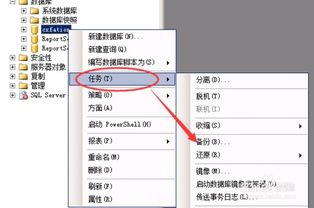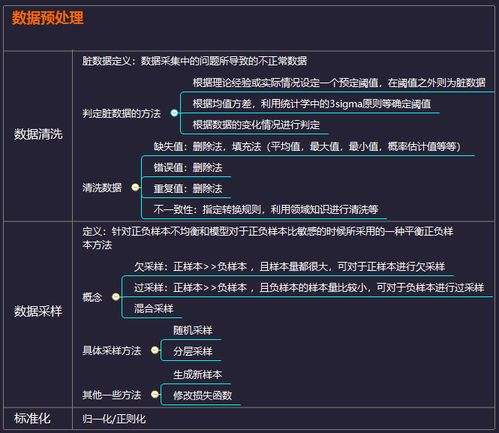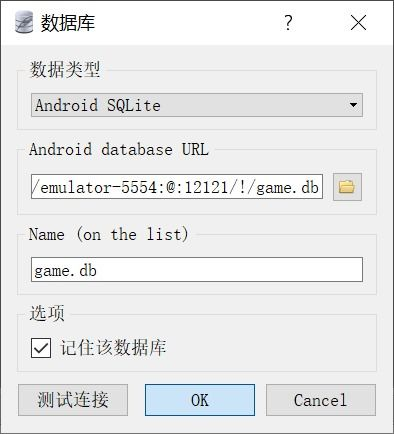PHP MySQL Database Connection and Querying
Understanding Database Connection in PHP
To establish a connection between PHP and a MySQL database, we utilize the MySQLi (MySQL Improved) extension or PDO (PHP Data Objects). MySQLi is specifically designed for MySQL, while PDO supports various database types. Here, we will focus on using MySQLi to keep things simple.
Start with the following code snippet to connect to your MySQL database using MySQLi:
MySQLi Connection Example:
$servername = "localhost";
$username = "username";
$password = "password";
$dbname = "database_name";
$conn = new mysqli($servername, $username, $password, $dbname);
if ($conn->connect_error) {
die("Connection failed: " . $conn->connect_error);
}
echo "Connected successfully";
In this code, replace "localhost", "username", "password", and "database_name" with the relevant credentials. The connect_error method allows us to verify if the connection was successful.
Executing Queries with PHP and MySQL
Once you have a successful connection, executing queries is straightforward. You can use the query() method on the connection object to run SQL statements.
Here’s an example of retrieving data from a table:
$sql = "SELECT id, name, email FROM users";
$result = $conn->query($sql);
if ($result->num_rows > 0) {
while($row = $result->fetch_assoc()) {
echo "id: " . $row["id"]. " - Name: " . $row["name"]. " - Email: " . $row["email"]. "
";
}
} else {
echo "0 results";
}
In this snippet, we query the users table to retrieve id, name, and email. The results are then displayed in a loop. If there are no results, a message will indicate that.
Best Practices for PHP MySQL Interaction
While connecting and querying a database is straightforward, following best practices is essential for security and performance:
- Use prepared statements: Avoid SQL injection attacks by utilizing prepared statements, especially when dealing with user inputs.
- Close the connection: Always close your database connection to free up resources. Use
$conn->close();at the end. - Handle errors gracefully: Instead of displaying raw database errors to the user, log them for debugging and show a user-friendly message.






